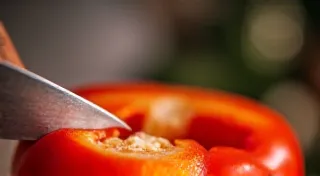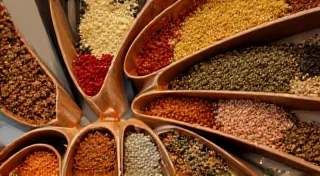The Gastronomic Echo: Resonances Between Food and Memory
There's a peculiar magic woven into the act of cooking, a magic that goes beyond simply transforming raw ingredients into sustenance. It's a magic tied inextricably to memory, to emotion, to the very fabric of our lived experience. Think for a moment about a scent, a taste – perhaps your grandmother's apple pie, a childhood bowl of ramen, or the smoky aroma of a summer barbecue. Doesn't it instantly transport you? It’s not just the taste itself, but the flood of memories it unlocks, the feelings it evokes, the sense of connection to a person, a place, a time.
This resonance is more than just a pleasant nostalgia. It's a fundamental aspect of how we process and understand the world. Food isn't just fuel; it's a cultural touchstone, a historical record, a deeply personal narrative.
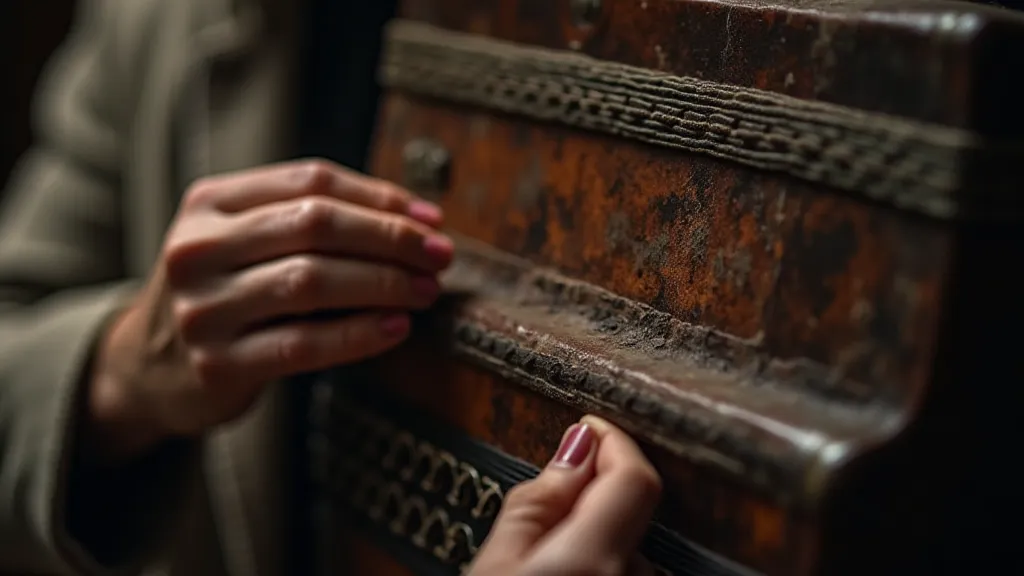
The Accordion of Flavors: Craftsmanship and Connection
I'm reminded of an antique accordion I once encountered in a dusty shop. It wasn’t just an instrument; it was a vessel of history. The bellows, meticulously hand-stitched, bore the marks of countless breaths, of songs played for celebrations and sorrows. The keys, yellowed with age, whispered of melodies lost and found. Its craftsmanship, the sheer dedication to creating something beautiful and functional, felt deeply moving. Just as a chef meticulously prepares a dish, the accordion’s creator poured their skill and passion into its construction. There’s a similar precision involved in both endeavors, a respect for the materials, and a desire to create something that resonates with the human spirit.
Consider the dedication a master chef brings to creating a simple loaf of sourdough bread. It's not simply mixing flour, water, and salt. It's nurturing a living culture, patiently waiting for the perfect rise, understanding the nuances of fermentation. Each step is a ritual, a conversation with the ingredients, resulting in something far greater than the sum of its parts. It's not just bread; it's a testament to tradition, a connection to generations past, and a source of comfort and satisfaction.
Culinary Arts: More Than Just Recipe Guides
When we talk about “cooking tutorials” and “recipe guides,” we often focus on the technical aspects – the measurements, the temperatures, the timings. But there's so much more to it. True culinary artistry lies in understanding the emotional power of food, in recognizing how it can evoke feelings of warmth, joy, comfort, and even nostalgia. A skilled chef isn’t just following instructions; they’re creating an experience. They’re layering flavors, textures, and aromas to tell a story. They're understanding that a seemingly simple dish can trigger a cascade of memories and emotions.
Think about regional cuisines. A plate of Southern fried chicken isn’t just about the crispy skin and juicy meat. It’s about family gatherings, Sunday dinners, and a sense of belonging. A bowl of Vietnamese pho isn't just about the fragrant broth and delicate noodles; it's about history, immigration, and a culture steeped in tradition.
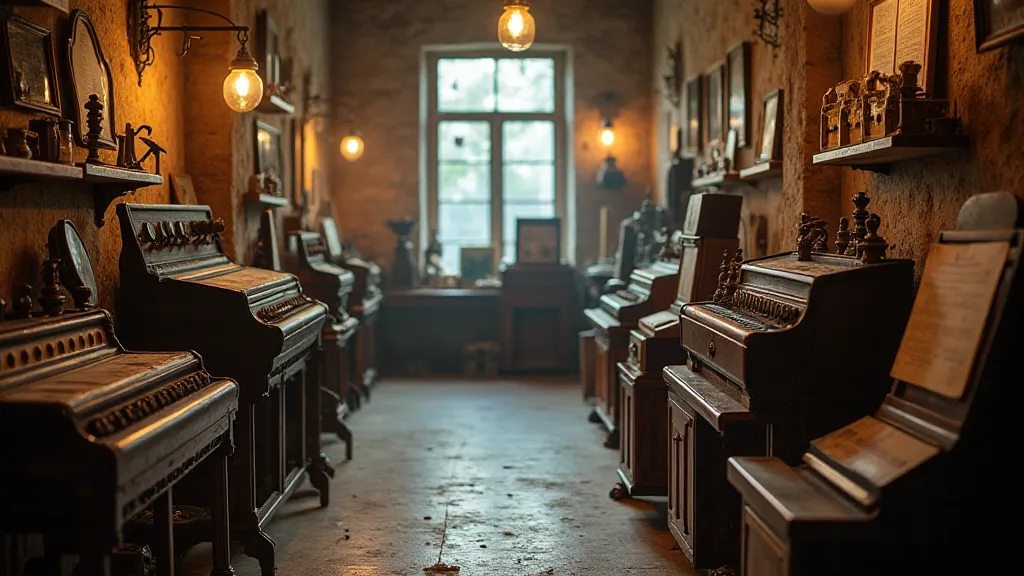
Restoration: Preserving History, One Accordion at a Time
The restoration of an antique accordion, much like the preservation of a cherished family recipe, is an act of reverence. It’s about honoring the history, understanding the craftsmanship, and ensuring that future generations can experience the same connection to the past. The careful cleaning of the bellows, the meticulous repair of the keys, the sympathetic replacement of worn leather – each step requires a deep understanding of the instrument’s construction and a respect for its age. The goal isn’s to make it new; it's to stabilize it, to preserve its character, to allow its voice to be heard once more.
Similarly, when recreating a traditional family recipe, it’s not about slavishly adhering to the exact measurements and techniques. It's about understanding the spirit of the dish, the intention behind it, and the emotions it’s meant to evoke. There’s room for improvisation, for adaptation, but always with a deep respect for the original. Adding a pinch of this, a dash of that, isn't about creating something new, but about adding your own personal touch to a legacy.
The Scent of Memory: Cooking Techniques and Emotional Resonance
The olfactory system, our sense of smell, is uniquely connected to the limbic system, the part of our brain responsible for emotions and memories. This is why the aroma of freshly baked bread can instantly transport us back to our childhood, or the smell of a specific spice can trigger a vivid memory of a trip abroad. Chefs understand this power and use it to their advantage, carefully layering scents and aromas to create a truly immersive dining experience.
Consider the subtle differences in cooking techniques. Roasting versus grilling, simmering versus braising – each method imparts a unique flavor profile and aroma, influencing the overall emotional impact of the dish. A slow-cooked braised short rib, for instance, will evoke feelings of warmth, comfort, and indulgence, while a quickly grilled fish will feel lighter, brighter, and more vibrant.
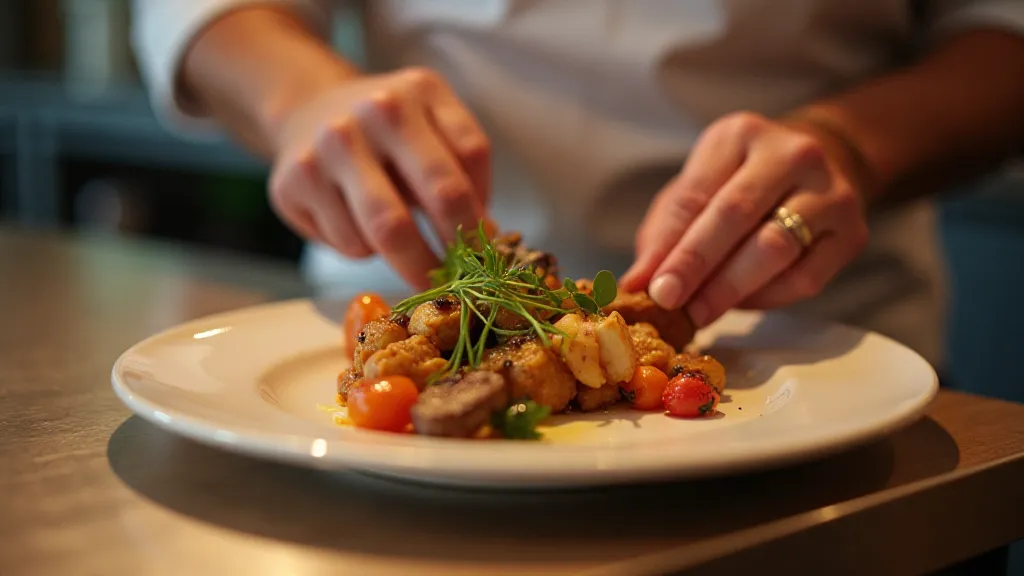
More Than the Sum of its Parts: Craftsmanship in All Forms
The connection between knife skills, cooking techniques, and culinary arts extends far beyond the kitchen. It’s a reflection of human creativity, ingenuity, and the desire to create something beautiful and meaningful. Whether it’s the meticulous craftsmanship of an antique accordion, the artistry of a chef’s plating, or the comforting aroma of a familiar dish, these are all testaments to the enduring power of human connection and the transformative power of food.
So, the next time you’re in the kitchen, take a moment to appreciate the magic you’re creating. Think about the history behind the ingredients, the skills involved in their preparation, and the emotions you’re evoking with each bite. It’s not just about feeding the body; it’s about nourishing the soul.



